Effective Marketing Strategies to Grow Your LinkedIn Clone App
Create a powerful, customizable streaming solution with Miracuves’ Linkedin Clone, equipped with high-performance features and next-gen technology.
You’ve built your LinkedIn clone app — now what?
The real challenge isn’t just launching the platform. It’s getting the right people to use it — and keep coming back. In a space dominated by giants like LinkedIn, your marketing strategy needs to be smarter, faster, and laser-focused on your niche.
This guide covers powerful, proven LinkedIn clone marketing strategies that help you attract users, build trust, and grow sustainably. Whether you’re targeting freelancers, remote workers, or an entire industry vertical, here’s how to make your app stand out and scale up.
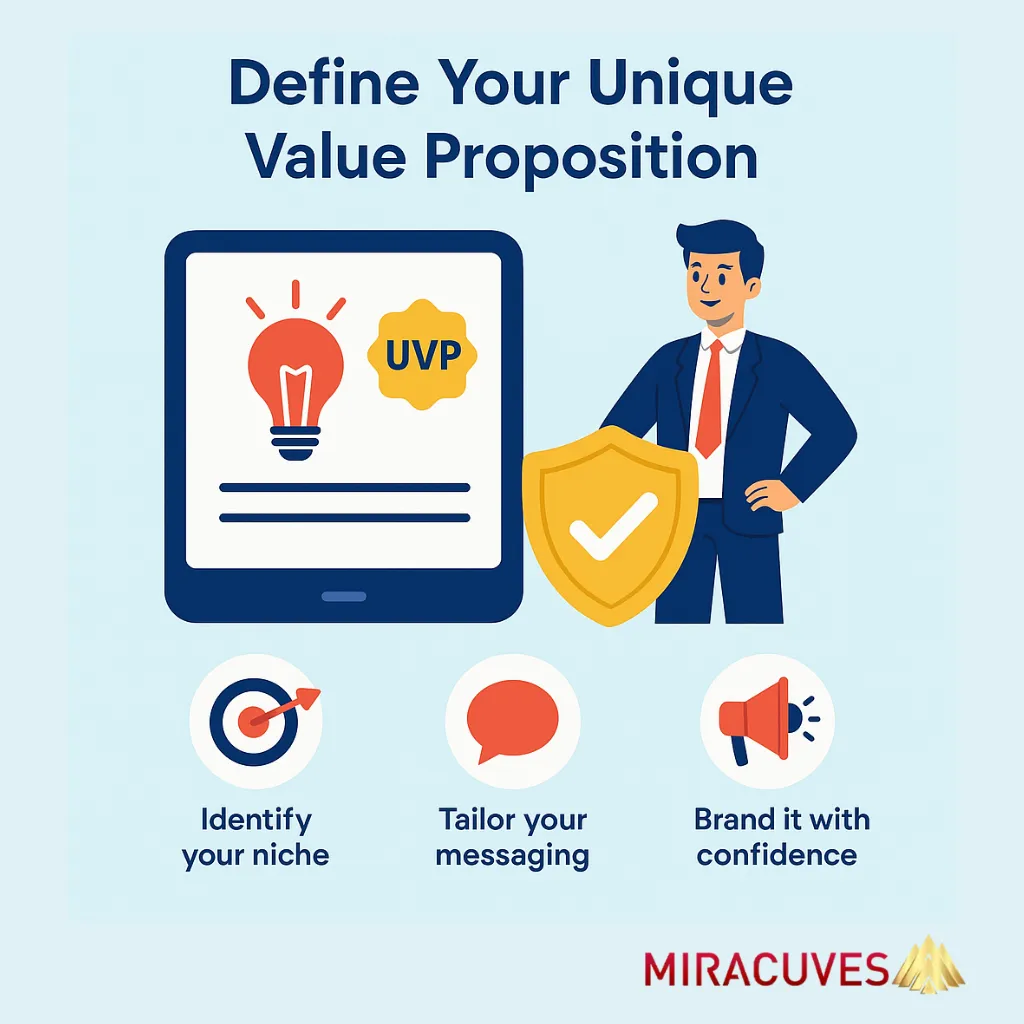
Define a Sharp Niche and Unique Value Proposition (UVP)
In a world where LinkedIn already exists, why should someone use your app?
Answering that clearly is your first — and most critical — marketing move.
Here’s how to nail it:
Identify your niche → Are you serving a specific industry (e.g., creatives, healthcare, fintech), region, or work style (remote, freelance)?
Tailor your messaging → Your value prop should solve a pain point that LinkedIn doesn’t address — like better algorithm transparency, tighter community vibes, or local-language support.
Brand it with confidence → Use storytelling and emotional appeal to show users why your app “gets them” more than a generic platform ever could.
Your niche is your superpower — own it from day one, and all your campaigns will perform better.
Launch with Beta Access and Community Building
Instead of trying to go viral overnight, focus on building a small, loyal user base first — then grow from there.
Smart beta strategies include:
Invite-only access → Create exclusivity and buzz by offering early access to industry insiders or influencers.
Feedback loops → Encourage users to give input on features, and showcase how you’re implementing it — this builds trust.
Private groups or forums → Foster early community engagement by launching discussion spaces tied to your niche.
Ambassador programs → Turn your first 100 users into promoters with referral bonuses or premium access perks.
By involving your users in the growth journey, you’re not just launching a product — you’re launching a movement.
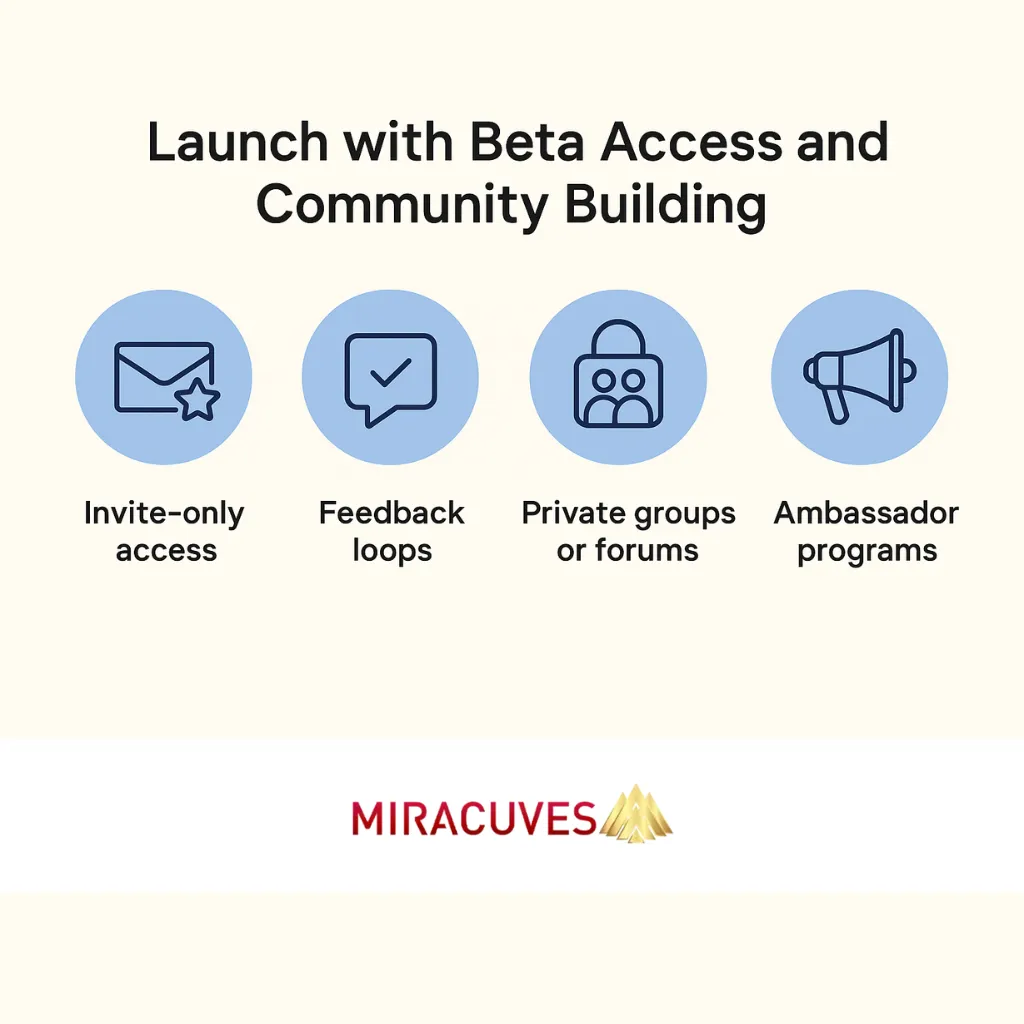
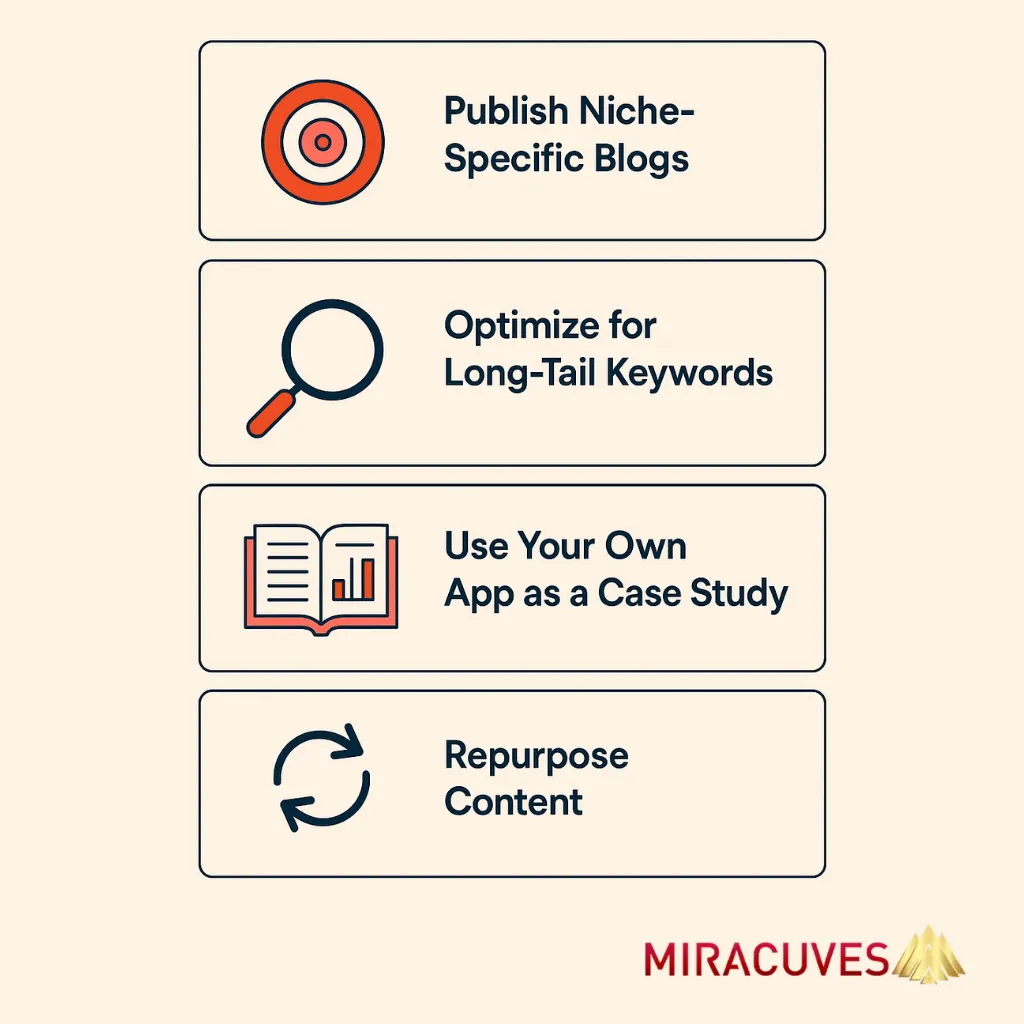
Leverage Content Marketing and SEO
When you’re competing with a giant like LinkedIn, organic visibility becomes your secret weapon.
Here’s how to play it smart:
Publish niche-specific blogs → Focus on topics your target users care about: industry trends, career advice, networking hacks, etc.
Optimize for long-tail keywords → Target phrases like “best networking platform for creatives” or “how to find freelance gigs online”.
Use your own app as a case study → Document your journey building and growing the platform — it builds authority and transparency.
Repurpose content → Turn articles into short videos, carousels, or infographics across platforms.
Content creates trust. SEO brings traffic. And together, they become a growth engine for your LinkedIn clone.
Run Performance Ads with Clear Targeting
Paid ads can accelerate your growth — if you target the right audience with the right message.
Smart ad strategies include:
Use Meta and Google Ads → Target specific job titles, interests, or behaviors aligned with your niche.
Promote your UVP, not features → Show outcomes: “Find better freelance gigs” beats “Advanced filters for job search.”
Retarget website visitors → Use pixel tracking to re-engage users who showed interest but didn’t sign up.
Test and scale → A/B test creatives, headlines, and calls-to-action — then double down on top performers.
Performance marketing helps you reach beyond organic limits — especially during your growth phase.
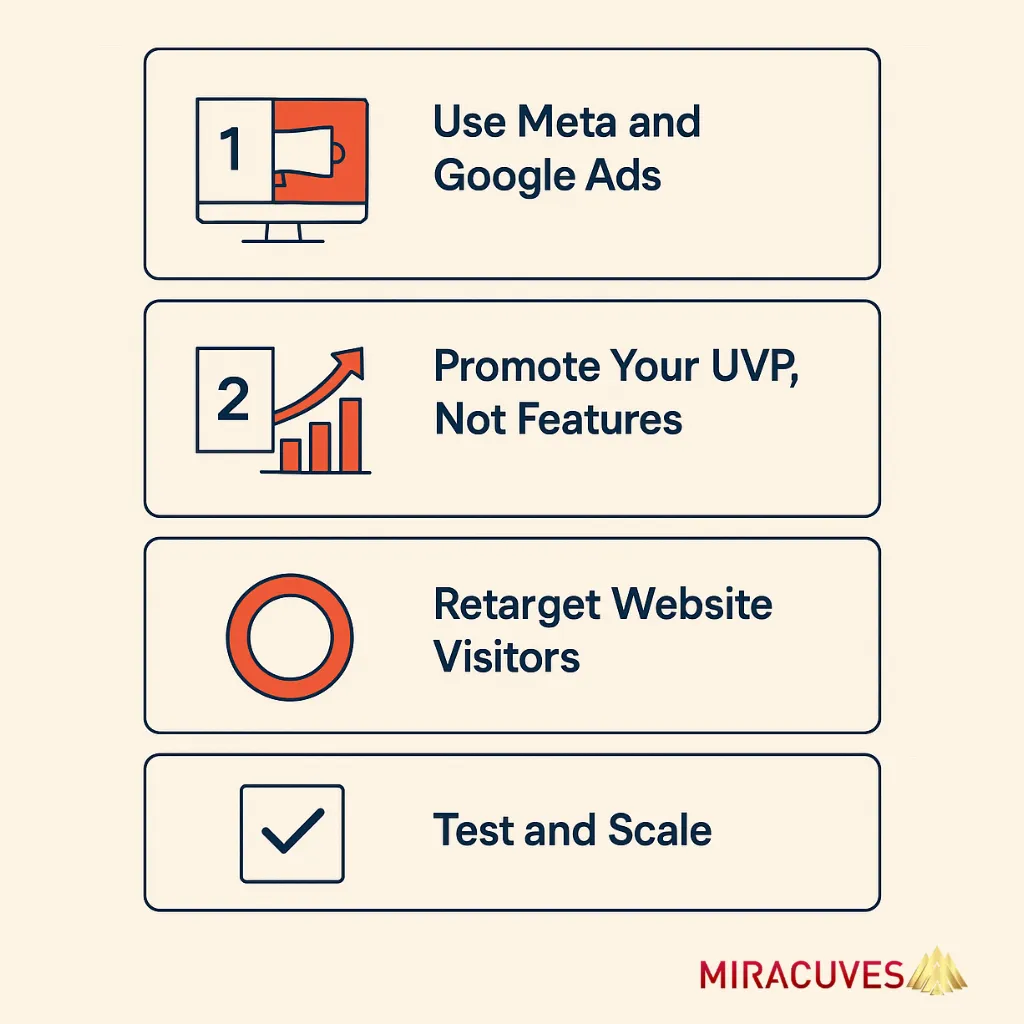
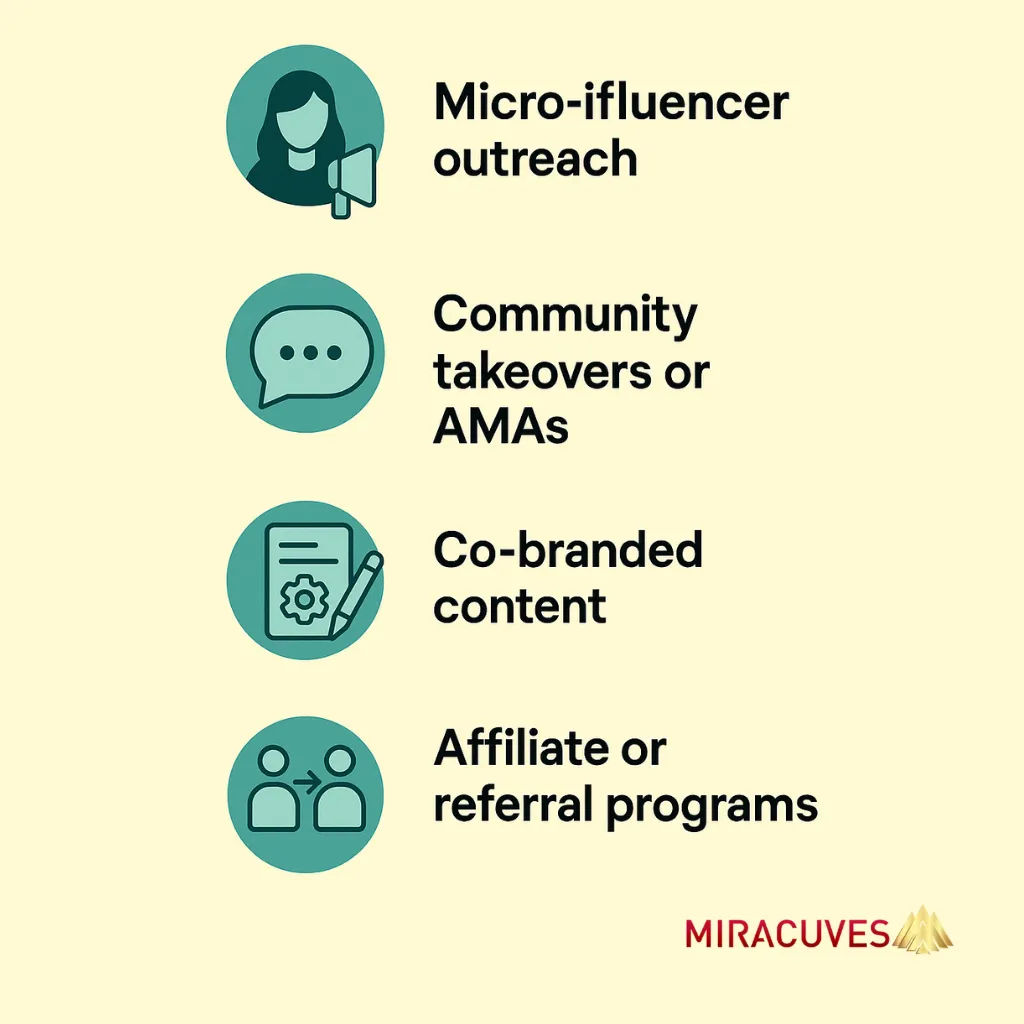
Partner with Influencers, Communities, and Niche Brands
Don’t market alone — collaborate with voices your audience already trusts.
Here’s how to build influence-driven growth:
Micro-influencer outreach → Work with niche professionals who have strong engagement in your target market.
Community takeovers or AMAs → Partner with LinkedIn groups, Slack channels, or Discord servers for live sessions or demos.
Co-branded content → Create blog posts, toolkits, or webinars in partnership with known brands or creators in your space.
Affiliate or referral programs → Reward loyal users or partners for bringing in new users.
These relationships can do what paid ads can’t — drive organic credibility and word-of-mouth buzz.
Choose the Right Development Partner
Even with a solid plan, building a professional networking platform is no easy feat — you need a development team that truly understands the ecosystem. Partnering with the right LinkedIn clone development company can save you time, reduce costs, and help you avoid common pitfalls.
Look for a partner that offers:
Demonstrated expertise in social and professional networking app development
A portfolio showcasing scalable and secure platforms
End-to-end services — from idea validation to post-launch optimization
At Miracuves, we don’t just build clones — we craft growth-ready solutions tailored to your business goals. Let us handle the tech, while you focus on building your user base and brand presence.
Conclusion
Marketing a LinkedIn clone isn’t about copying what LinkedIn does — it’s about being smarter, faster, and more relevant to your niche.
By owning your unique value, building community from the ground up, and mixing organic with paid strategies, you can grow your platform with purpose and precision.
Want to ensure your app is feature-rich and monetization-ready? Explore our guides on LinkedIn clone features and business model to round out your strategy.
Frequently Asked Questions
Start with a beta launch targeting a specific niche, gather user feedback, and build community engagement before scaling broadly.
Focus on niche positioning, a clear UVP, strong content strategy, and influencer partnerships that make your platform feel more personalized and relevant.
Not necessarily, but performance ads can accelerate early growth when paired with organic content and referral strategies.
Educational blogs, user success stories, short-form videos, and career resources tailored to your audience’s industry or goals perform well.
Very. SEO helps you attract long-term, high-intent users searching for career tools, networking tips, or LinkedIn alternatives.



